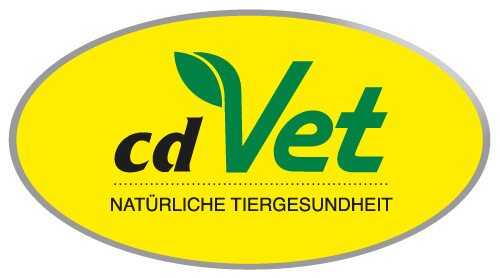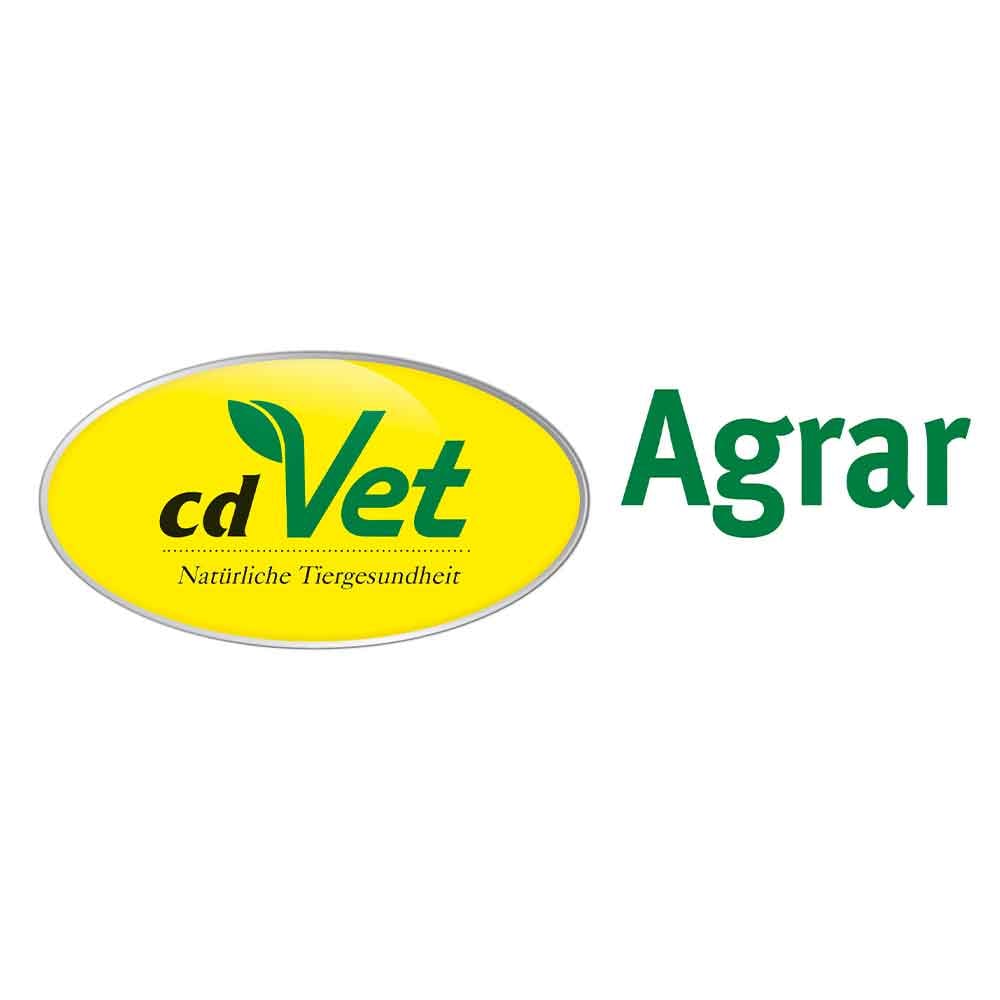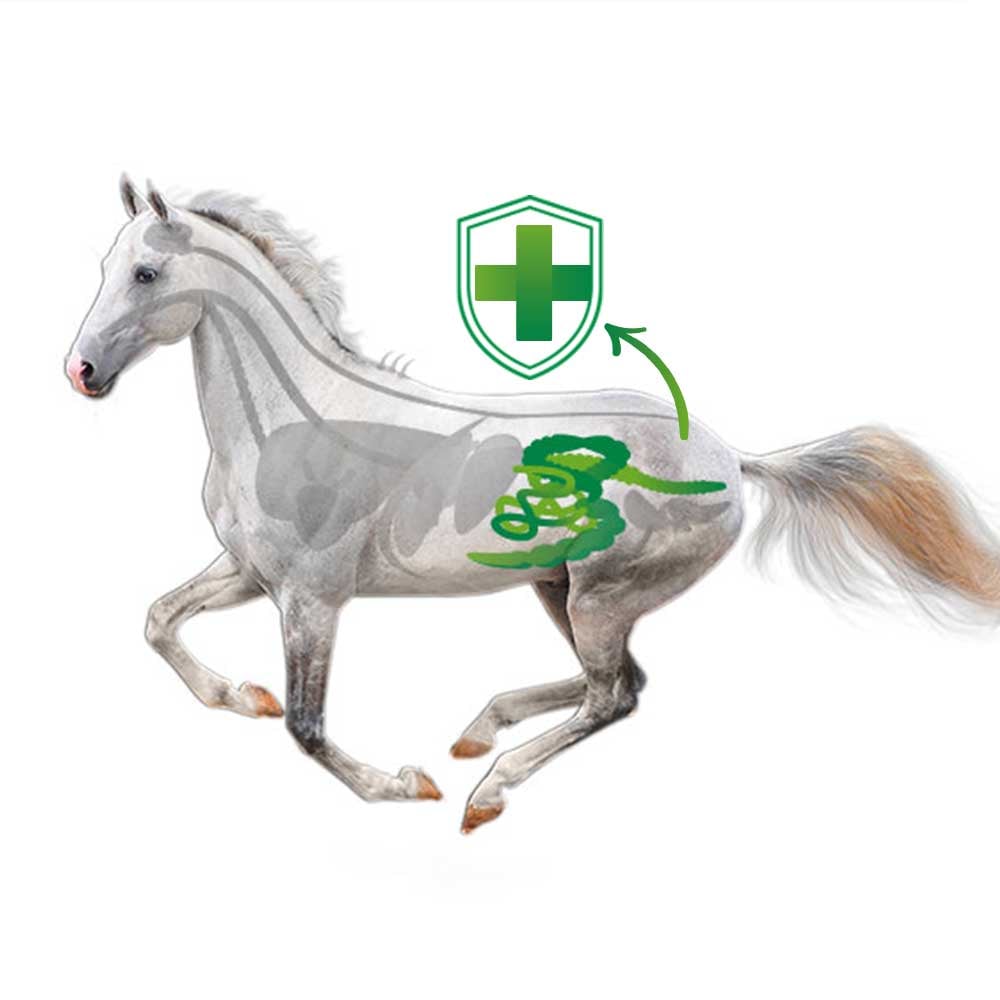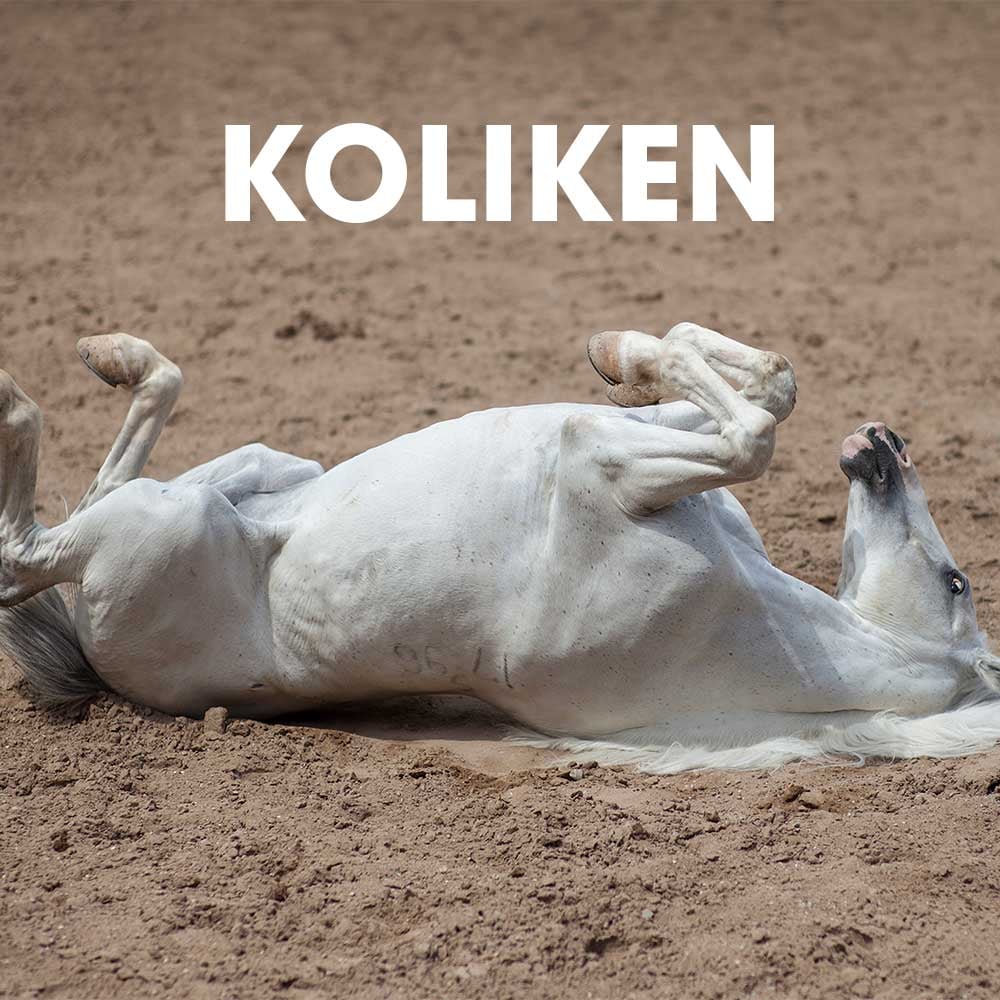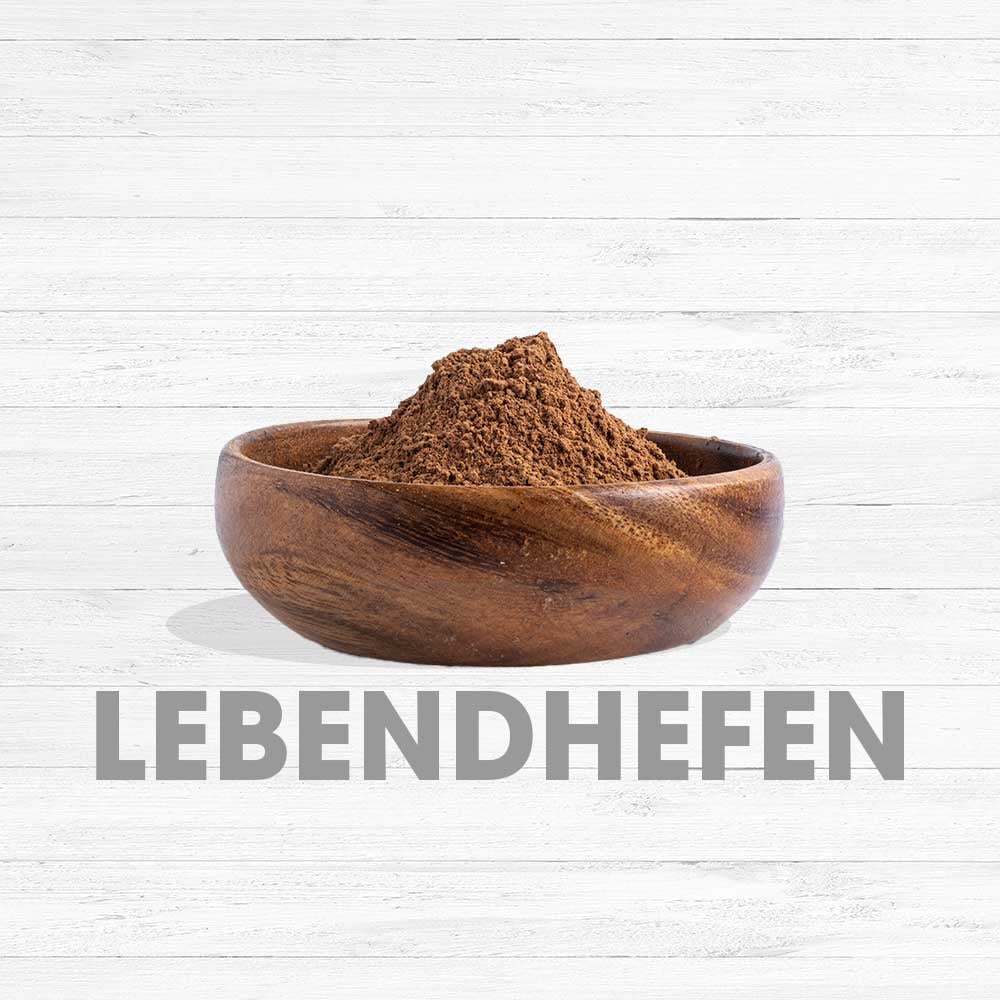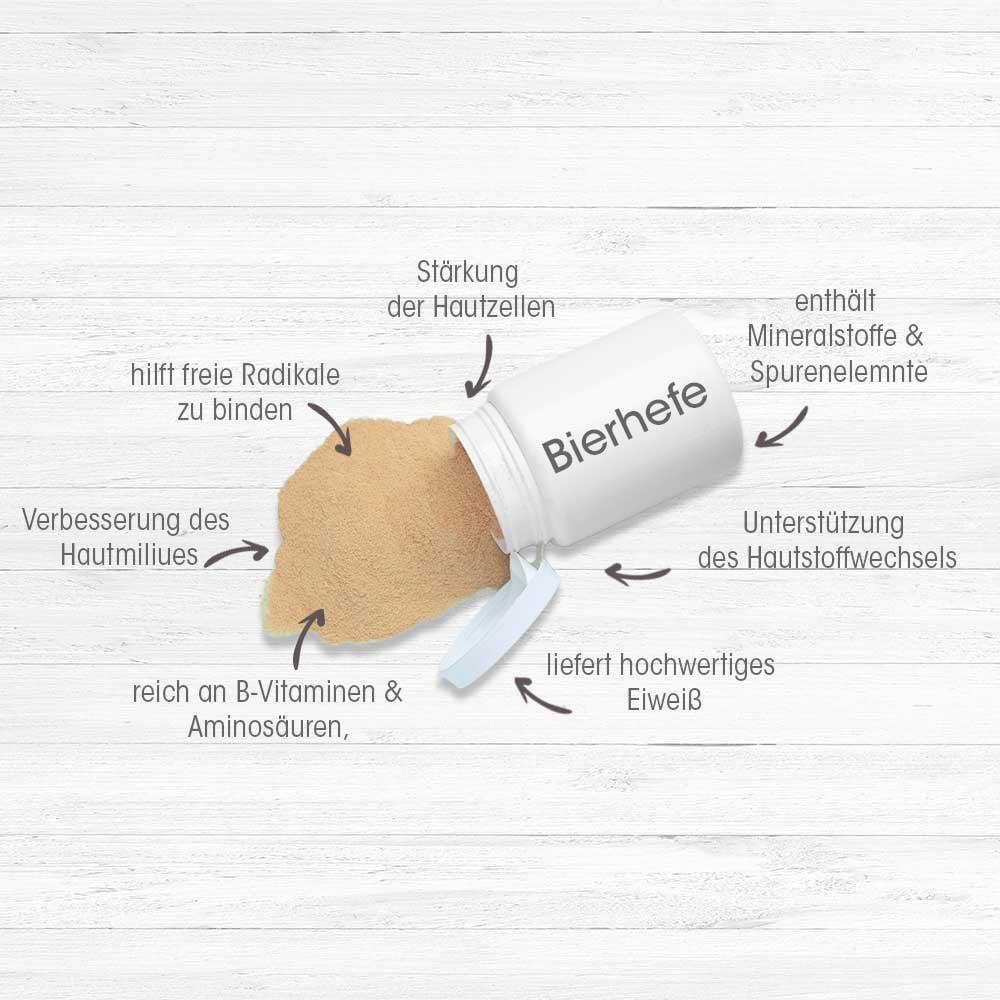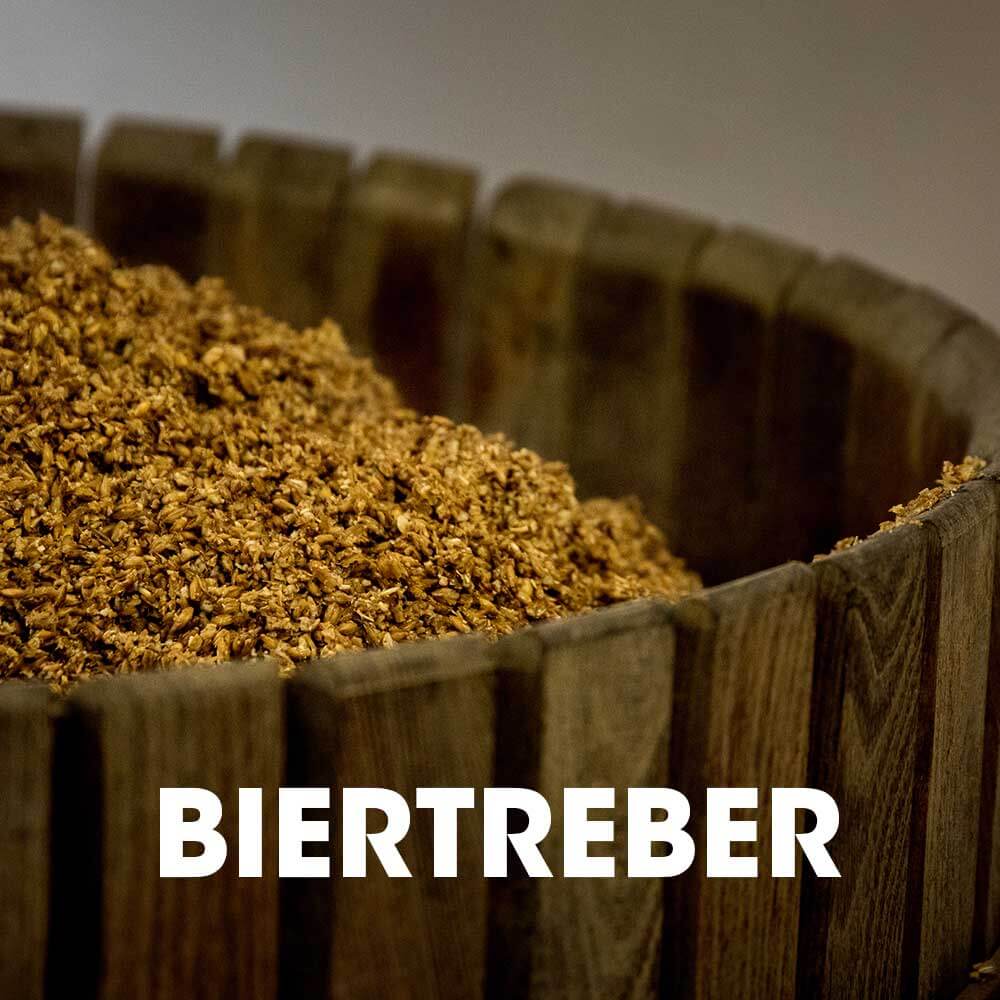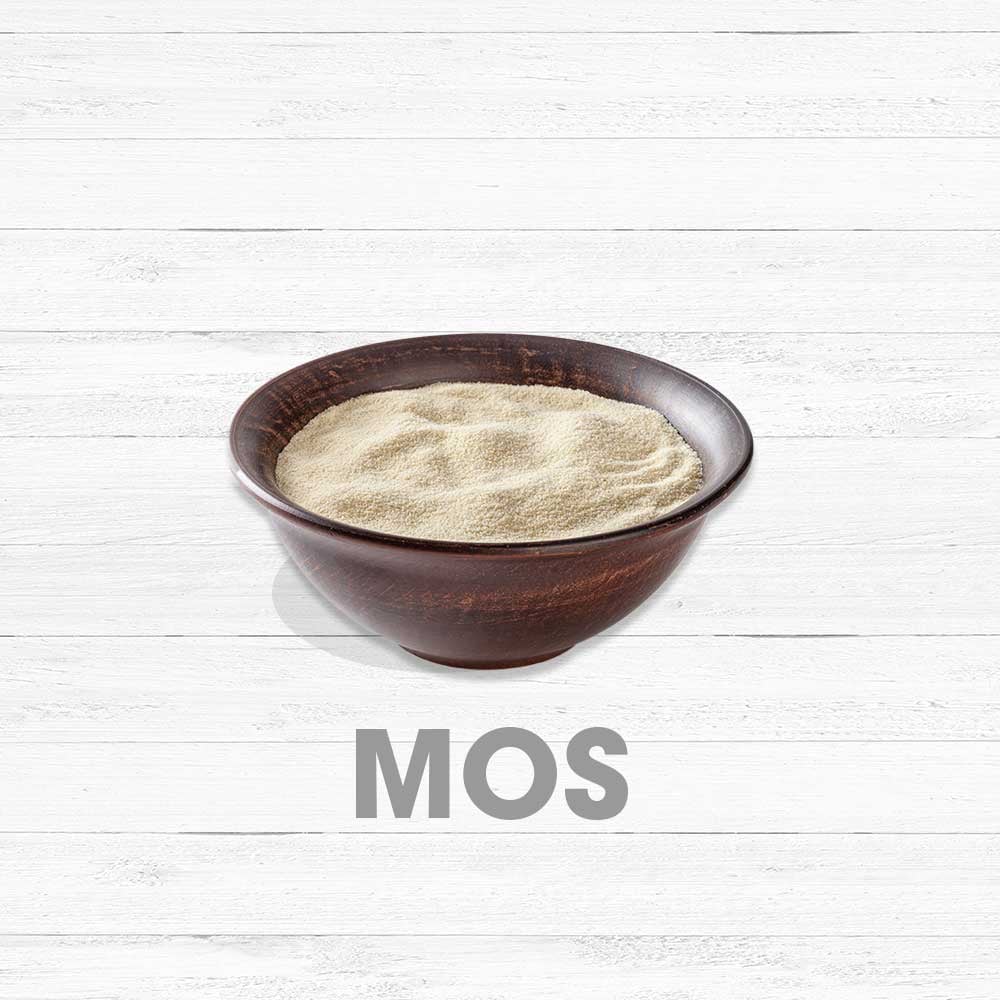Brewer's yeast in feeding – on the way in the jungle of declaration of supplementary feed
Brewer's yeast has been one of the most popular feed supplements for horses for many years. Thanks to its valuable and diverse ingredients as well as a high content of vitamins, minerals and amino acids, it can be used in a variety of ways.
The range of products with yeast of the strain. “Saccharomyces cerevisiae” is now hardly manageable. But this is exactly what comes up again and again in the discussion. The reason for this could be the wild jungle of declarations, because the supposed beer yeasts are not the same as “real” beer yeasts...
From baker's yeast and live yeast to brewer's yeast, spent grain yeast and MOS – what are the differences, which product makes sense and which yeast is not suitable for horse feeding?
70% of the immune system is in the intestines
For a long time, the horse's intestines were viewed purely as a digestive organ. The role the intestine plays in metabolism and the immune system has been completely underestimated. Around 70% of the immune cells are located in the intestine, and 80% of the defense reactions take place here.
As this knowledge spreads, the complex structure of the microbiota in the intestinal tract of horses is becoming increasingly important in feeding. The intestinal microbiota is very sensitive and susceptible to disturbances, so a mistake in husbandry management can easily cause it to be thrown out of balance.
Feeding has a major influence on the composition of the intestinal microbiota and the environment in the large intestine. Horse feed that is heavily processed industrially, contains various artificial additives or is very high in starch can lead to a shift in the micro-organisms. The latter feed, for example, leads to an increase in bacteria that utilize starch and produce lactate, while the number of cellulolytic bacteria responsible for fiber digestion decreases.
Antibiotics, worm treatments and much more can also trigger dysbiosis. If there is an imbalance in the intestinal microbiota, there are often problems with nutrient absorption. Brewer's yeast, which can provide a variety of valuable nutrients, is often used as a nutritional support for a balanced intestinal microbiota.
The natural active ingredients and nutrients in brewer's yeast promote intact digestion and prevent indigestion. But be careful. There is a risk of confusion.
Back to basics: not all yeast are the same – be careful, risk of colic!
True brewer's yeast is a feed raw material that is produced by fermenting selected liquid and grain raw materials with yeast of the genus Saccharomyces cerevisiae and drying the entire culture medium without destroying the yeast factors, B vitamins and other fermentation products. The term “Saccharomyces cerevisiae” is often used as a synonym. However, the name only describes the genus of the yeast and not exactly what type it is. Due to their ability to convert sugar into alcohol or into carbon dioxide and water, depending on the availability of oxygen, these yeast fungi are indispensable, for example in the production of beer, but also wine and bread.
The German market is increasingly full of very different yeasts of this genus. Among other things, live yeast, baker's yeast, ethanol yeast, the so-called "cultured yeast" (double fermented yeast), torula yeast from wood fibers or Kluyver – yeast from milk are artificially produced, propagated and harvested in fermentation tanks (biotechnological process). Originally, mainly farm animals were and are fed, but they are increasingly being found in the horse sector. These yeasts have a different area of application and a different effect than the traditional – real brewer's yeast and are often lumped together.
Especially with the so-called “cultured yeast”, the double fermented one. This is partly manufactured or used for products in the USA. Genetically modified raw materials (grain stillage) are often used in the manufacturing process. These stillages are inoculated with yeast and “incubated”. They are then dried together and packaged. The “yeasts and metabolic components of the yeasts” promised in advertising are appropriately treated grain stillages, which, as a grain extract, conversely promote an imbalance in the intestinal microbiota and, in the worst case, flatulence instead of improving it
It is also noticeable that commercially available brewing yeasts (top-fermented or bottom-fermented) or baker's yeasts are often recommended as an alternative supplement for horses with gastrointestinal problems. Baker's yeast, such as those found in the refrigerated shelves of supermarkets or the dry variant for making yeast dough, consists of an active and multiplying genus. These release large amounts of CO2 even under anaerobic conditions and the yeast bacteria multiply rapidly (fermentation). In horses, these multiplying yeasts cause massive flatulence, stomach and intestinal problems and colic-like symptoms and should therefore never be fed in this form.
The live yeasts
To optimize the bacterial microbiota, probiotics are often used, for example to minimize the potentially negative influence of starchy rations. In addition to lactic acid bacteria, only some strains of the yeast Saccharomyces cerevisiae are currently approved as probiotics for horses in the European Union.
Feeding this live yeast has now become a strong trend. It is advertised that live yeasts are live yeast fungi that have been produced specifically for feeding. They also have a high resistance to the horse's stomach acid and reach the horse's large intestine almost undamaged. Here they actively influence the horse's microintestinal flora, particularly in the appendix and large intestine. However, the mode of action and the effect on the horse differ significantly. These are living microorganisms but cannot reproduce.
According to studies, it should help to break down woodchip in the feed (especially if the ration also contains a lot of starch) and to render pathogenic bacteria and substances harmless. However, this study is based on studies on fattening animals, which have been proven to gain weight more quickly and develop a stronger immune system when fed with yeast. However, there is a significant difference in the influence on digestive metabolism between ruminants, i.e. (farm) animals with multiple stomachs, and monogastric animals, animals with only one stomach. However, in vivo studies in adult horses were unable to demonstrate clear effects of SC supplementation.
The yeasts of this strain are not found in a natural intestinal microbiota, so they actually do not belong in our horses. They often initially work well in cases of acute diarrhea, fecal water, etc., but subsequently make the overall situation worse. In addition to other negative effects, they can even displace the desired and needed intestinal microorganisms.
Basically, it is important that live yeast cultures are labeled as additives (zootechnical or technological) with information about CFU according to feed law. You can tell from the respective numerical ending (EU approval number) whether they are active, i.e. probiotic, and whether they have been approved for horses. The term “Yea Sacc”, which is based on the English name, is often found in the declaration.
The real brewer's yeast
Real brewer's yeast must be clearly distinguished from live yeast. If the yeasts have been dried or, above all, heated, they become inactive and can no longer be used for brewing after a short time. Real brewer's yeast is no longer active and, contrary to what is often claimed, can no longer be activated in the intestine. It serves as a prebiotic for intestinal microorganisms, which, according to the FAO/WHO, are “indigestible food components that promote the growth of pre-existing beneficial bacteria to improve the health of the host”.
In horses, lactobacilli are among the healthy intestinal bacteria. Bacteria from the phylum Firmicutes and the phyla Verrucomicrobia and Bacteroidetes are also largely found in the healthy intestinal microbiota. Beta-glucans in particular provide prebiotic support in the horse's intestines. Studies have shown that fiber strengthens the horse's immune system by stimulating the activity of macrophages (phagocytes).
Brewer's yeast is also a feedstuff that is very rich in active ingredients. It is characterized by a high proportion of B vitamins, amino acids, enzymes and minerals that can be absorbed by the body from the natural source with high bioavailability.
Brewer's yeast contains vitamins B1,2,3,5,6,9 and biotin (B7). These are components of many enzymes that are required in metabolism. But they are also important for hooves, hair, nerves and skin. The minerals copper, manganese, selenium, zinc and iron, among others, are present in natural compounds. In addition, choline is an important building block for liver cells and therefore supports the liver's natural regeneration processes when it has been or is overloaded. But it also supports the transport of toxins in the liver during the detoxification process.
Brewer's yeast contains a total protein content of 40 to 50%. Brewer's yeast also has a very good amino acid pattern of lysine, methionine, cystine, threonine and tryptophan. Amino acids in general are involved in a variety of vital metabolic processes, including hoof and hair growth, are required in the brain and central nervous system and are building blocks for healthy bones, cartilage and connective tissue.
Lysine, methionine and threonine in particular are important amino acids for the horse's muscle metabolism. They are needed as protein building blocks for building muscle. Brewer's yeast can be a valuable supplement, especially for older horses and for horses with problems in muscle metabolism such as various forms of equine myopathy (PSSM2). Care should be taken with PSSM1 due to the phytic acids it contains.
The yeast cell walls of brewer's yeast contain, among other things, mannan oligosaccharides (MOS), which are also valuable prebiotics and are used as toxin binders. The MOS will be discussed in more detail in more detail. There are also various studies on feeding inactivated, real brewer's yeast.
A four to six week practical test carried out in 2012 with more than 200 horse owners came to a very positive result. After feeding a supplement based on brewer's yeast, 84% of horse owners described a positive influence on digestion.
70% saw positive effects on coat and hooves, while 62% described an influence on better muscles, improved looseness and calmness. Due to the ingredients (polyphenols) of hops, which are only added to real brewer's yeast in the brewing process, a bacteriostatic effect has been proven.
The inactive brewer's yeast is a feedstuff for horses. This is listed directly in the ingredients or in the composition. As a rule, pure brewer's yeast is offered as a fine powder. It has a pleasant, slightly sour smell that smells like bread. The taste is somewhat bitter, which many horses accept well. The bitter substances in hops, which the brewer's yeast absorbs during the brewing process, are responsible for this.
Brewer's yeast is often the basis of a mineral feed. In combination with other natural sources of various micronutrients such as algae lime and seaweed meal, sunflower press cake or grape seed meal, an optimal supply of vitamins, bulk and trace elements can be guaranteed for the horse.
Compatibility
Even though real brewer's yeast is generally well tolerated, few horses react to products containing brewer's yeast. Fecal water or increased flatulence may occur. In this case, the supplements should be discontinued.
Due to the relatively high content of phytic acid in brewer's yeast and also in brewer's spent grain, quantities that exceed the recommendation should not be fed over a longer period of time, especially if bran products (wheat bran, rice husk bran) or larger amounts of concentrated feed are also fed. Phytic acid can lead to impaired absorption of zinc, manganese, copper or iron if fed in (very) excessive amounts.
Note: Brewer's yeast is rather unsuitable for horses with PSSM1. Horses with laminitis should be at the lower limit when fed pure brewer's yeast.
Beer grains
The spent grain is also a “waste product” of the brewing process. These are the volatile components separated from the beer wort (scrap = pomace). It is refined after the mashing process and consists of undissolved proteins, the undissolved parts of barley or wheat (husks) and malt components.
The brewer's spent grain actually contains significantly more protein than pure brewer's yeast. Based on the grain residues, high starch contents are often incorrectly assumed. However, these are very low due to the previous fermentation of the starch. On the contrary, it has a fairly high fiber content.
While pure brewer's yeast is very well tolerated, generally more susceptible horses seem to be more predestined for a reaction to brewer's spent grain. Brewer's spent grain is often fed mixed with brewer's yeast. This combination has a coarser structure and is well accepted by horses due to its mild taste. With brewer's spent grain yeast, the brewer's yeast is bound to the brewer's spent grain (usually in a ratio of 40:60).
The content of nutrients and vital substances in pure brewer's yeast is correspondingly higher than in brewer's spent yeast. This has a higher content of fiber-rich raw fiber. In terms of purely feed law, brewer's spent grains are also part of the feedstuffs. If the brewer's yeast is mixed with brewer's grains, this must also be stated in the ingredients; as a rule, the BT yeast or brewer's yeast BT is then advertised.
Mannan oligosaccharides (MOS)
The carbohydrate compounds, which are structurally complex, are obtained from the yeast cell walls. They also belong to the group of prebiotics and can therefore support digestion and naturally stimulate the body's immune system, especially in young animals. MOS can help keep the bacterial colonization of the intestine in a healthy balance and is also considered a valuable source of zinc.
They are also said to inhibit the spread of unwanted germs in the intestine and strengthen the natural mucous membrane barrier of the intestine. MOS bind and inactivate undesirable substances such as mycotoxins or pathogens. In addition, they can be said to have a positive effect on inflammatory markers (interleukins) and thus even a positive effect on the reduction of chronic inflammation.
This property can support recovery and regeneration phases. Effects on weight-induced insulin resistance could also be observed. MOS are very well tolerated and are often tolerated even if the horses are sensitive to pure brewer's yeast.
They bind far more mycotoxins and are usually even more effective than rock powder. The combination of rock powder and MOS in particular offers a very good basis for a broad-based toxin binder. MOS are usually also declared solely under the term “brewer’s yeast”.
Brewer's yeast – guidelines for a feeding amount
So that the horse can use the valuable ingredients of brewer's yeast, but does not get too much of a good thing, an adjusted feeding amount is important. Ponies get 30-70 grams, large horses can be fed 50-100 grams.
In acute cases, the amount of feeding can even be doubled for a short time. If brewer's yeast, Bietreber or MOS is used as an ingredient in a supplementary feed mixture, the manufacturer's recommendation should be followed. A temporary addition of brewer's yeast for fecal water, flatulence, etc. is in most cases no problem at all.
Conclusion
The fact that in Germany all yeasts are referred to by their genus, regardless of their use and production, leads to misunderstandings, as a result of which brewer's yeast is repeatedly discussed as counterproductive in digestive disorders.
Only real brewer's yeast, MOS and possibly brewer's spent grain should be used to feed horses. In the declaration of feed, it is sometimes not possible to tell at first glance what exactly the “Saccharomyces cerevisiae” contained in it is. Basically, according to feed law, live yeast cultures are labeled as additives (zootechnical or technological).
The inactive brewer's yeast, which is a single feed for horses, is listed directly in the ingredients/composition. If the brewer's yeast contains brewer's grains, the brewer's yeast is often supplemented with a “BT”. If you are unsure, you should contact the manufacturer of the respective supplement or feed.
Real brewer's yeast and MOS as well as brewer's spent grain are excellent sources of a variety of nutrients, can support small and large intestinal digestion and thus promote active and nutrient utilization. This also improves the absorption of minerals, trace elements and vitamins into the horse's metabolic cycle. MOS in particular are very suitable as toxin binders.
Of course, brewer's yeast is not a miracle cure that, when added to the diet, quickly eliminates symptoms, some of which have manifested over a long period of time. Nevertheless, real brewer's yeast, MOS or brewer's spent grain is an ideal supplement for many horses to support coat change, to prevent feeding-related diarrhea or faecal water, for example when grazing, as well as with a generally weak digestive system as well as in phases of great stress and as an additional supplier of high-quality essential amino acids.
Although brewer's yeast also contains elements such as magnesium and sodium as well as trace elements such as iodine, zinc and selenium, it cannot replace a mineral feed, but can be a good basis for it. In order to sustainably support the intestinal microbiota, it remains particularly important to maintain and feed management that is tailored to the needs of the horse.
The focus should be on an adequate and performance-adapted ration, which is primarily rich in roughage with at least 1.5 kg dry matter/100 kg KM (grass, hay or, depending on tolerance, possibly haylage) per day. This also includes restricting starch intake to a maximum of 100 g/100 kg KM per meal as well as impeccable feed hygiene. In this way, a basis for a desired and stable microbiota in the horse can be created.
